They’re pretty to look at, but flowering plants do more than just brighten our lives with splashes of colour and pleasant scents. They’re an essential part of the Earth’s ecosystem because they attract pollinators like honey bees. And bees help keep us fed. Read on to find out how and what you can plant to help honey bees thrive…
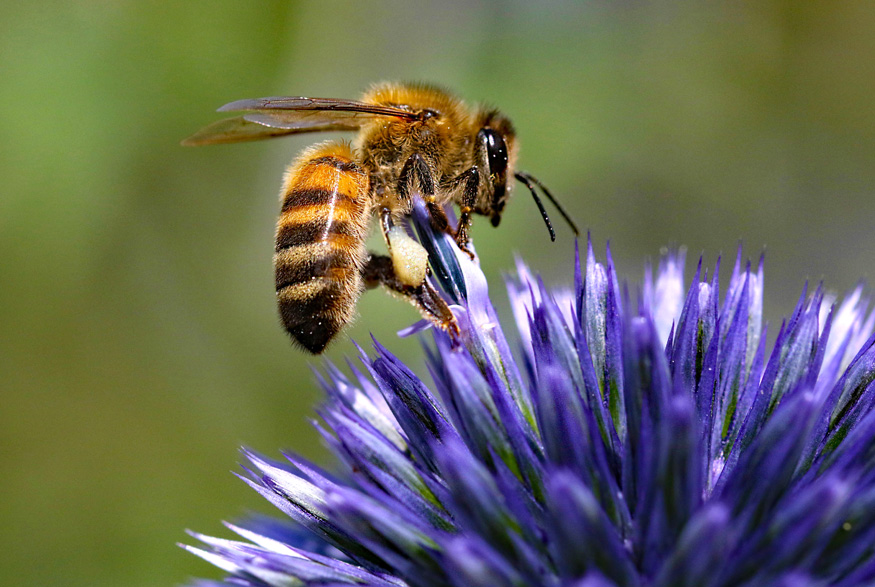
The Importance of Pollination
According to Gregory Sekulic, Agronomy Specialist with the Canola Council of Canada, about two-thirds of the crop species that we grow globally are dependent on insect pollination, primarily honey bees. And that translates to the dinner table. “One in every three bites of food that we eat is produced from insect pollination,” he says. But while honey bee populations in Canada are healthy, they’re still threatened by bad weather, disease and parasites. How can we help? Food. Providing bees with access to nectar and pollen to keep their hives healthy and helps us in the long run.
Related: 10 Summer Flowers That are Just as Pretty as Peonies

Everyone Can Help
“It could be as simple as planting some flowers in your backyard,” Sekulic explained. Even something as simple as not eliminating early season food sources like dandelions, which is a great excuse not to mow the lawn. Even if you’re in an apartment or condo, you can still help. Sekulic suggests patio beds and hanging plants with pollinator-friendly plants and encouraging local governments to plant flowering plants in parks. So what should you grow? Here are 10 pollinator-friendly plants that attract honey bees and provide them with the nutrition they need. Most of them can be grown across Canada.
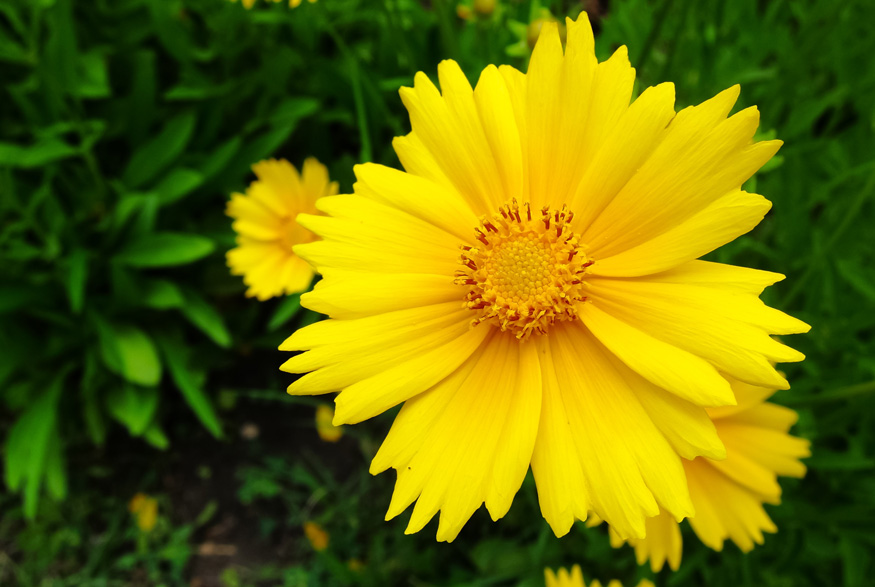
Lance-leaved Coreopsis (Coreopsis lanceolata)
Lance-leaved Coreopsis is a low-growing perennial that does very well in Canada, especially in the heat of late summer. It has dazzling golden flowers and attracts both honey bees and caterpillars. The attractive plant is named for the shape of the flowers.

New England Aster (Symphyotrichum novae-angliae)
Honey bees love the New England asters for their bright flowers and abundance of pollen. The species is quite diverse with more than 50 varieties in various sizes, shapes and colours. New England asters do well in sunny locales and can grow to well over a metre in height.
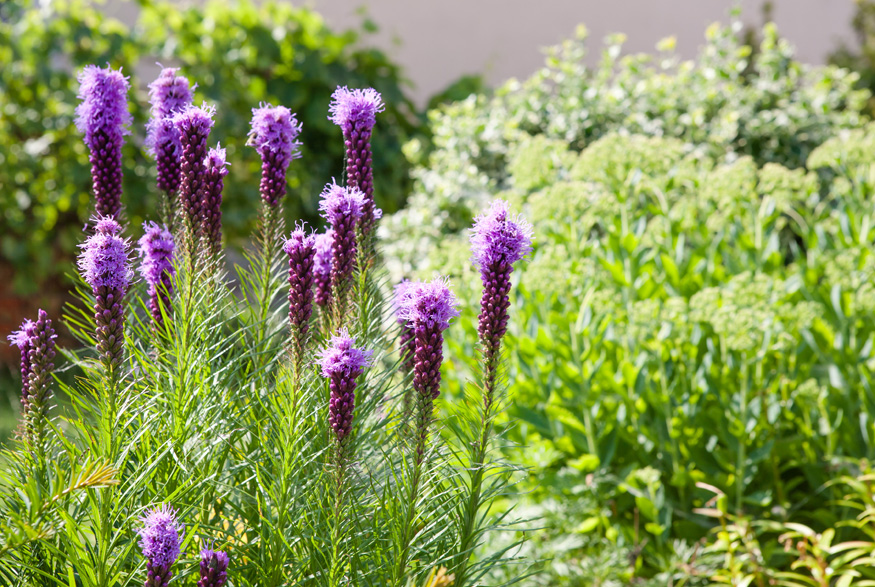
Dense Blazing Star (Liatris spicata)
The dense blazing star will be familiar to Canadians in the eastern part of the country where it grows in the wild. The dense blazing star is tall, with clusters of purple flowers growing in long spikes. The perennial does well in most parts of the country and can survive Canadian winters. The dense blazing star is an excellent plant for attracting pollinators.
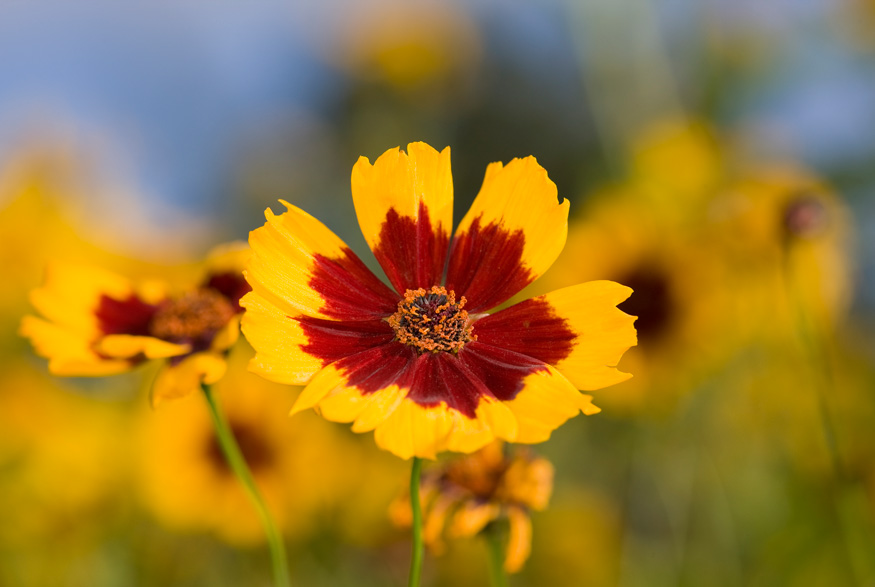
Golden Tickseed (Coreopsis tinctoria)
Golden tickseed or calliopsis does best in either sunny areas or spots with partial shade. The plant is related to the lance-leaf coreopsis and can be recognized by its distinctive yellow and red blossom. Indigenous communities once created dyes from the flower.
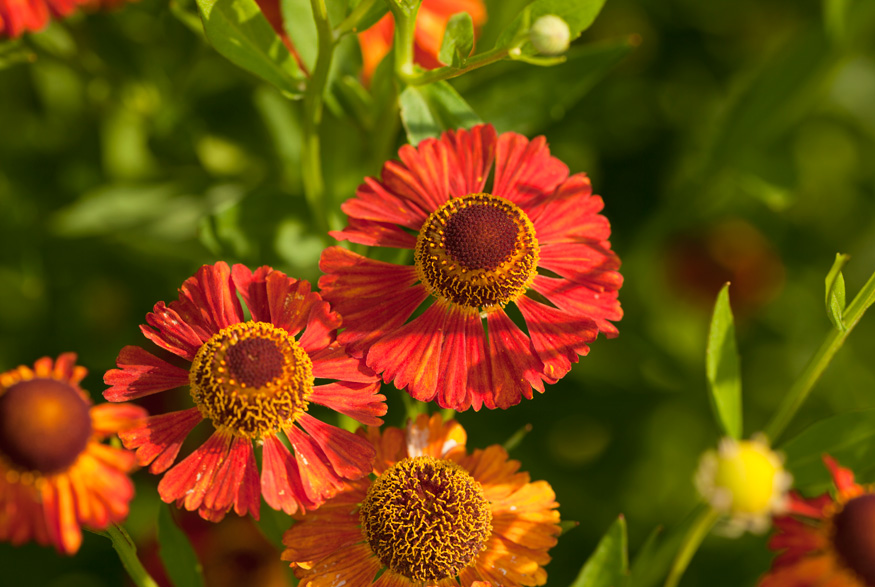
Sneezeweed (Helenium autumnale)
Another flower with a highly recognizable blossom is sneezeweed. As you would expect, the perennial gets its name from a time when doctors used the plant’s dried flowers to make people sneeze. Sneezeweed loves the sun and can withstand dry weather and even drought. When sneezeweed blooms, it attracts butterflies and honey bees.
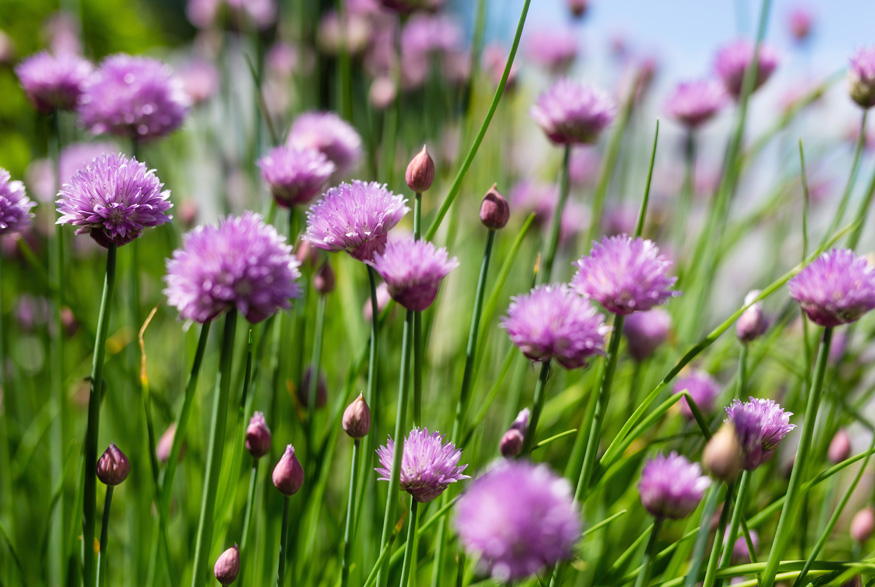
Wild Chives (allium schoenoprasum)
Easily grown and a great addition to any salad or dip, chives grow pretty much anywhere in Canada. They’re related to garlic and have long, thin stems that shoot out from large ground-level clusters. Each stem sports a purple bloom that attracts honey bees. Chives also repel numerous unwanted bugs.
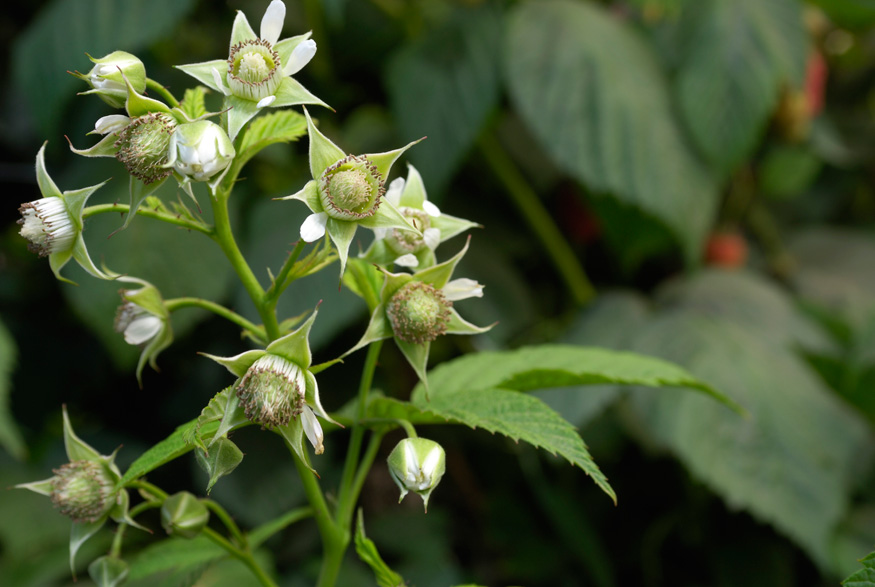
Red Raspberry (rubus idaeus)
It’s not only humans that love raspberries. Pollinators love the little white blossoms that pop out in the spring. The plant grows wild across Canada and is very hardy. The rewards for people come after pollination, when the delicious fruit appears in the late summer.
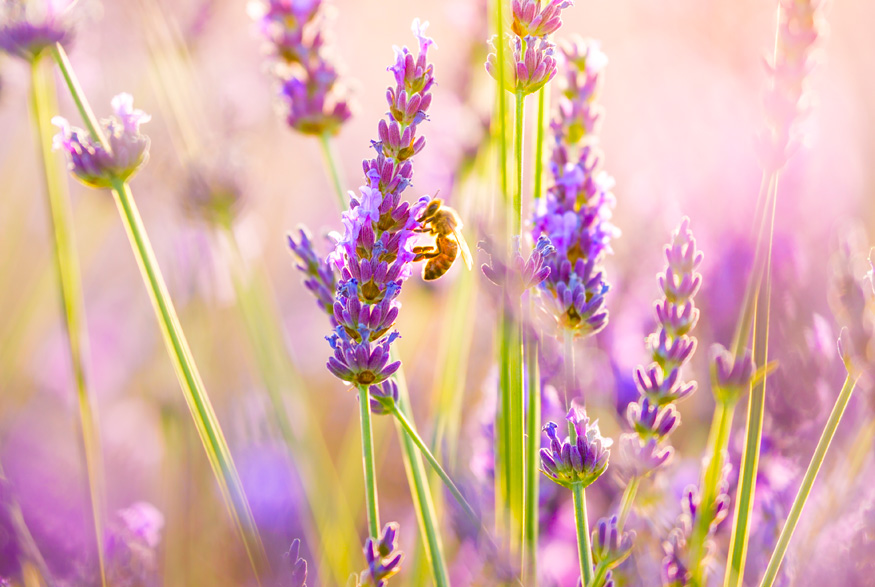
Lavender Hyssop (agastache foeniculum)
Lavender hyssop’s sweet scent doesn’t come from its little purple flowers but rather from its leaves. No matter, bees, butterflies and hummingbirds are still attracted to this fragrant herb. It’s a perennial that blooms over the entire summer. If you like the taste of liquorice, you can pick the leaves, dry them and add to sweets or tea. The plant doesn’t grow in Northern Canada or the Maritimes.
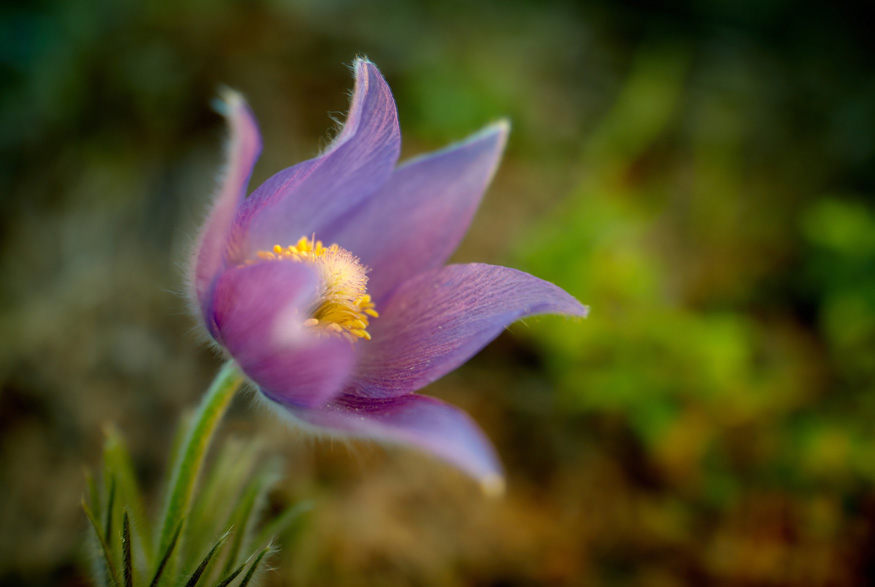
Prairie Crocus (pulsatilla patens)
The Prairie crocus doesn’t grow in the Maritimes or Quebec, but it does well in the rest of the country. It’s also Manitoba’s provincial flower. Growing low to the ground, it has blossoms that are purple or bright blue. The perennial blooms in the late spring and early summer and with time will spread into multiple flowers.
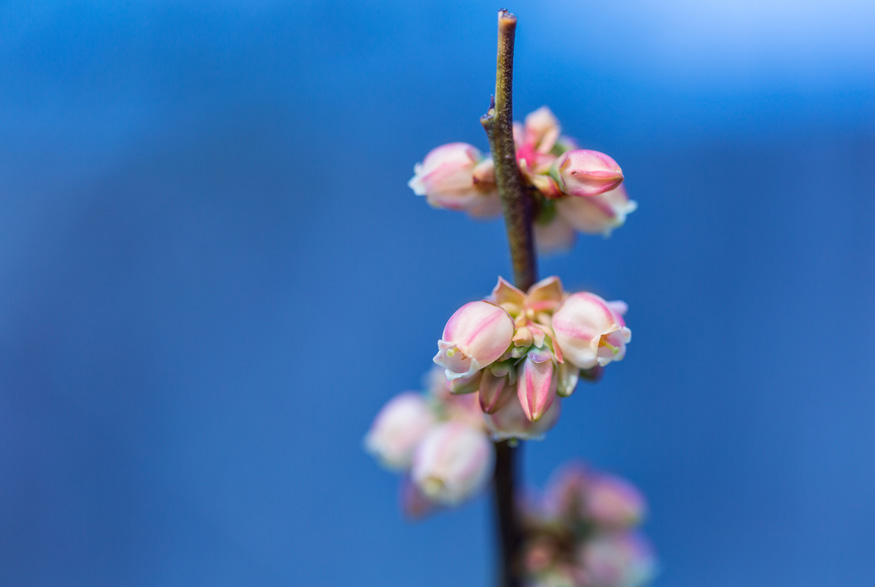
Lowbush Blueberry (vaccinium angustifolium)
Another tasty pollinator-friendly plant is the lowbush blueberry. It grows in most parts of Canada except for the western and northern regions. While it is farmed commercially, the blueberry grows wild in pine forests where it does well in the acidic soil created by the pine needles. It takes a few years for the bush to flourish but when it does, bees will love the flowers and you’ll love the blueberries!
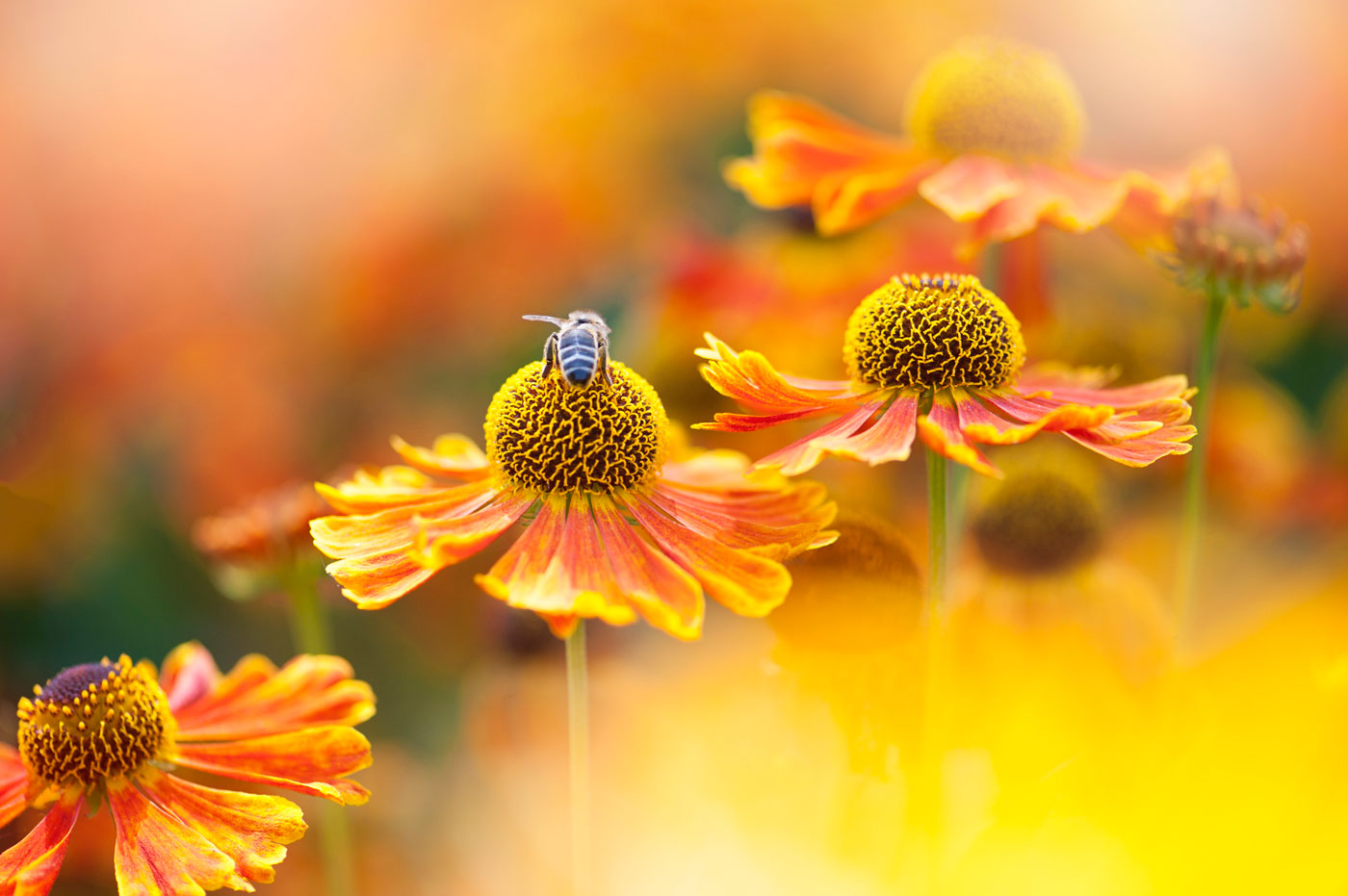
Bees Matter
If you’d like to learn more about bees and pollinator-friendly gardens, contact the Buzzing Gardens program of Bees Matter. They’ll even send you some seeds to get started.
HGTV your inbox.
By clicking "SIGN UP” you agree to receive emails from HGTV and accept Corus' Terms of Use and Corus' Privacy Policy.





